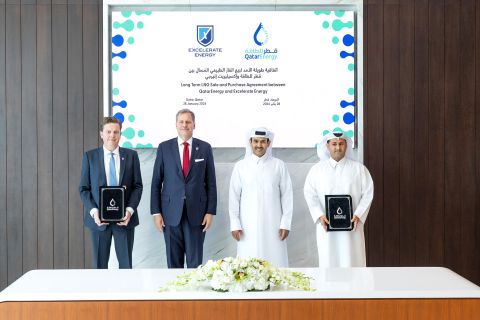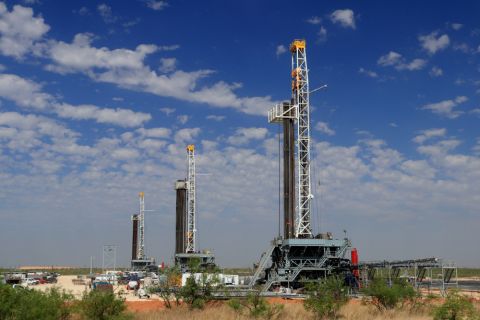I have an elderly relative who may be the least tech-savvy person I know. I recently received a handwritten letter from him (remember when everyone did that?) apologizing that he had not sent out expected emails because his Windows XP-fired desktop computer had once-and-for-all crashed.
For the record, Microsoft released XP in 2001—centuries ago in the computer business.
He purchased a replacement laptop and brought it home, only to discover there was no way to hardwire it to his Internet service, complaining in his note that “I’ve wasted hundreds of dollars.” I called (he has one of those early-model cell phones about the size of a corn cob) and explained he needs to get Wi-Fi in his house.
You know the response: “What’s that?”
It all sounds humorous, and I guess it is to everyone but him, but the episode is a reminder that doing business—personal or otherwise—nowadays, requires adopting rapidly evolving technology. This elderly relative is long-since retired, so technological hiccups are a mere inconvenience for him. That’s not the case for a billion-dollar enterprise.
Businesses, like people, sometimes get behind the technology curve. I recall touring an offshore production platform’s control room not too many years ago that still had dial telephones. For the record, AT&T released its Touch-Tone push-button phone technology in 1963.
Unfortunately, the energy business has not been a particularly quick technology adopter. Even the legendary perfection of hydraulic fracturing came despite considerable “we’ve never done it that way” in-house pushback.
Can we do better? Yes we can, and we should. No one wants change for change’s sake, but if there are better ways to do things, then companies must adapt or die. Investors and customers demand it. My friend Robert Bryce’s great book, “Smaller, Faster, Lighter, Denser, Cheaper,” plots the course of human development and makes the case that the trend will continue.
Are there risks? Or course there are. There are malicious people out there who exploit technology for their own gain, but that has been true of Fallen Man since the Garden of Eden. Take precautions.
And not all risks are human. Author William R. Forstchen’s new thriller, “48 Hours,” revolves around a solar coronal ejection that threatens to destroy all telecommunications and power generation systems.
That is not total fiction. The September 1859 Carrington Event really did fry telegraph networks, while metal fences and railroad tracks threw sparks. The Aurora Borealis glowed as far south as Cuba. What would it have done 160 years later?
Again: take precautions, then move ahead.
We focus on midstream-related technology advancements in this issue as a way to highlight what’s out there and what it can do for segment operators. Let’s do more to take the midstream to greater success, reliability and profitability.
With technology our topic, I’m pleased to welcome to these pages Jeffrey Share, who has joined Hart Energy as a contributing editor. Jeff has excellent expertise on the operations and technology of the sector. Midstream veterans know his name from his award-winning work at Pipeline & Gas Journal, Oil Daily and the Houston Post. He will be contributing to Hart publications and our websites and I’m pleased that he authored the lead story for this issue.
Welcome aboard, Jeff.
Recommended Reading
Excelerate Energy, Qatar Sign 15-year LNG Agreement
2024-01-29 - Excelerate agreed to purchase up to 1 million tonnes per anumm of LNG in Bangladesh from QatarEnergy.
UK’s Union Jack Oil to Expand into the Permian
2024-01-29 - In addition to its three mineral royalty acquisitions in the Permian, Union Jack Oil is also looking to expand into Oklahoma via joint ventures with Reach Oil & Gas Inc.
Permian Resources Continues Buying Spree in New Mexico
2024-01-30 - Permian Resources acquired two properties in New Mexico for approximately $175 million.
Eni, Vår Energi Wrap Up Acquisition of Neptune Energy Assets
2024-01-31 - Neptune retains its German operations, Vår takes over the Norwegian portfolio and Eni scoops up the rest of the assets under the $4.9 billion deal.
NOG Closes Utica Shale, Delaware Basin Acquisitions
2024-02-05 - Northern Oil and Gas’ Utica deal marks the entry of the non-op E&P in the shale play while it’s Delaware Basin acquisition extends its footprint in the Permian.





